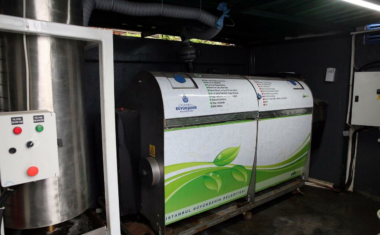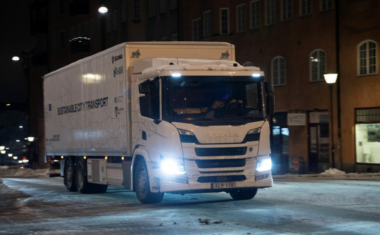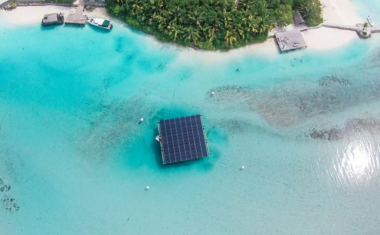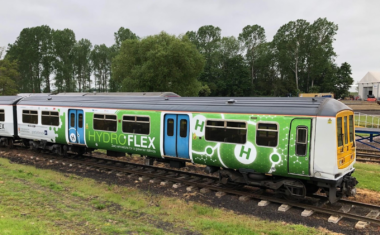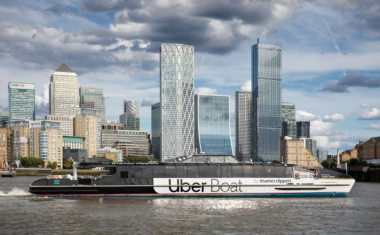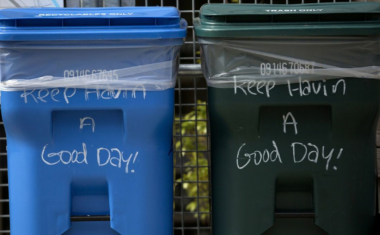Smart Waste Bin Sensors
- 6 min to read
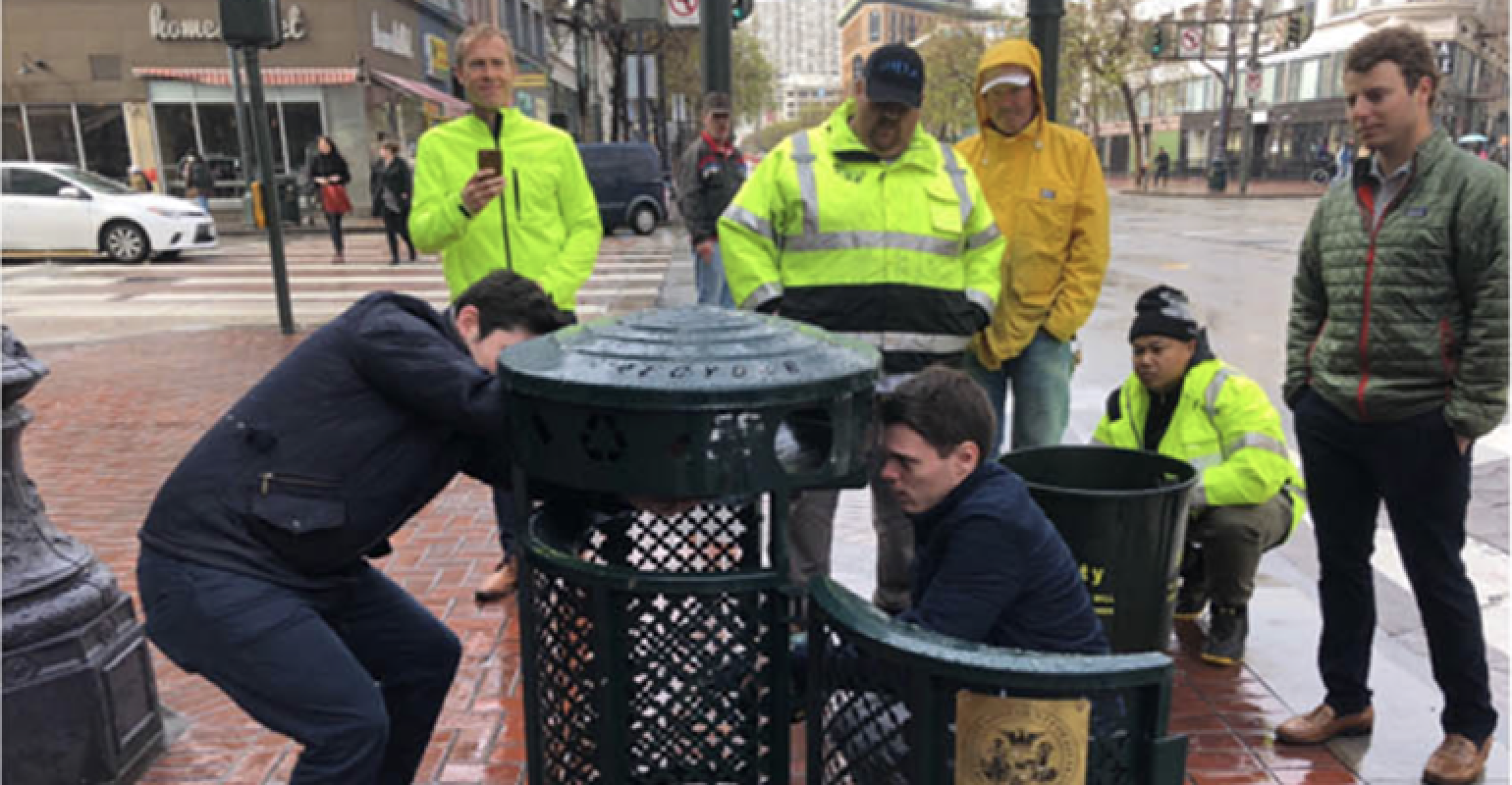
About the city. Keeping San Francisco’s streets clean is important for the vitality of the city, residents, businesses and visitors. Smart waste bin technology is one tool the city has begun to utilize to keep the streets clean and free of waste.
Goal
The main goal is to improve the cleanliness of San Francisco’s public areas and to gain a better understanding, through real-time data, of the usage of public trash receptacles. Mohammed Nuru, director of San Francisco Public Works says, that if the city could see how waste bins are being used, how quickly they fail up, then the city can ensure that specific cans get prompt attention before they overflow, and determine whether more trash cans in a specific area are needed. At the same time, the amount of servicing of public trash cans that get little use can be reduced, providing more efficiency.
Implementation period Three months pilot project was completed in 2018, the city still collaborates with Nordsense company to install smart sensors on waste bins.
Fact
San Francisco diverts about 80 per cent of its waste from landfills, or more than 1.5 million tons every year.
Many big cities face challenges in keeping their streets clean, but the cleanliness of San Francisco — which has a population of nearly 900,000 and sees more than 160,000 commuters daily, according to Census Bureau numbers — has attracted national attention, including President Donald Trump. In a tweet disparaging Speaker of the House Nancy Pelosi during the partial government shutdown, he said, “And by the way, clean up the streets in San Francisco, they are disgusting!”
Solutions
Following a pilot effort to optimize waste collection across the city, San Francisco has signed an agreement with Nordsense, an artificial intelligence (AI)-based waste management technology company based in Sunnyvale, California, to install 1,000 multi-point reference sensors in trash bins along major commercial corridors.
Starting spring 2019, 1,000 trash bins in San Francisco were fitted with smart sensors that can detect how full they are. Optical sensors that are mounted in the bins are part of a system that can track and learn from patterns of activity in the bins. The city can use that information to make decisions on where to place the bins when trash collectors should empty them and where recycling options might be needed.
The project also generated data. Using this data collected from the 1,000 smart bins, San Francisco is able to optimize bin placement and identify areas where more recycling options are necessary to reduce the amount of material transported to landfills.
The sensors soon will be placed in bins in many major San Francisco corridors, such as downtown, Chinatown and North Beach.
Challenges
This project is not cheap: San Francisco’s contract with Nordsense, which covers three years, cost $294,000. Nearly half of that is for one-time installation and parts. The annual cost of maintaining and monitoring the receptacles, which is included in that total, is about $50,000. Right now it’s almost impossible to estimate the cost savings yet.
Team
San Francisco Public Works with Nordsense (an artificial intelligence (AI)-based waste management technology company)
Timeline
80% decrease in overflowing trash cans
66% decrease in street cleaning service requests
64% decrease in illegal dumping
If you notice an error or inaccuracy in our editorials, please email [email protected] so we can look into it.

